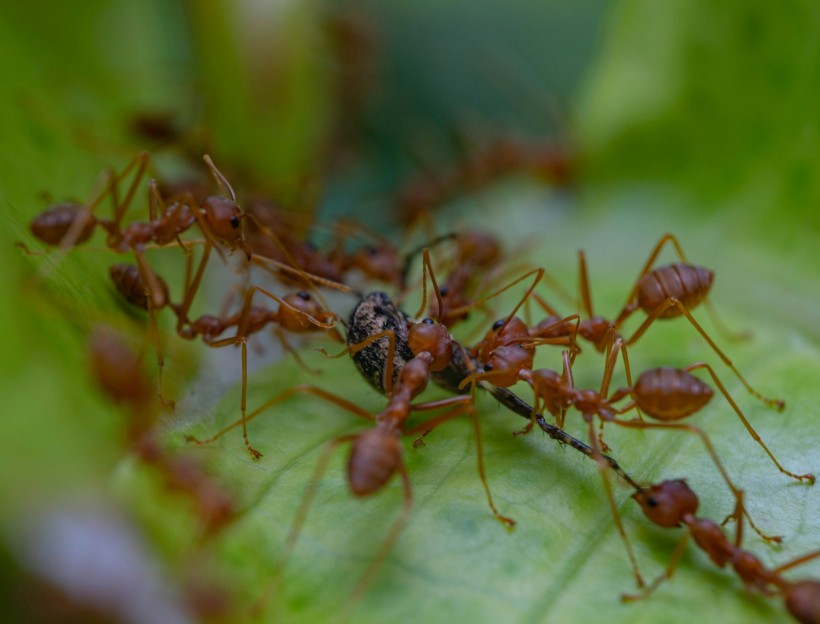Fire ants are known as an invasive species of insects that can destroy crops and threaten local wildlife and ecosystems. Native to South American countries like Argentina, Brazil, Paraguay, and Uruguay, the fire ant or red imported fire ant (Solenopsis invicta) has been recorded to cause ecological damage in some parts of the United States, as well as in other parts of the world such as Australia.
In recent months, there has been a growing fire ant outbreak across Australia, impacting Australia's economy and posing a new threat of food bowl contamination. In November 2023, the invasive ant marched across Queensland for the first time. Even the state of New South Wales also fell victim to the emerging fire ant threat that endangers local biodiversity and even residential communities.
Australia Fire Ant Outbreak

(Photo : Photo by oktavianus mulyadi on Unsplash)
According to research conducted by The Australia Institute, the economic cost of the country's fire ant outbreak has been underestimated by government modelling.
The study estimates the cost per year will be $2.5 billion by the year 2035, suggesting the complete eradication of the fire ant species due to the threat it poses to the Australian economy, especially if the ant infestation continues.
In a report by the Canberra-based think tank, The Australia Institute predicts there is a potential for the invasive ant species to "become one of Australia's worst invasive pests." If the threat continues, these animals could devastate local agriculture, and natural ecosystems, and affect all Australians, according to the group. Currently, other states such as Victoria and South Australia are also at risk.
Research Findings
The Australia Institute also outlined its following research findings concerning the "understated" threat posed by fire ants to the Australian economy and apparent lapses in government modeling. Below are some of the key points:
- Government-initiated modeling only examines a 15-year timeframe and ignores the fact that fire ants will cause $2.5 billion in damages per year beyond 2035.
- Extension of the modeling to a 20-year timeframe shows every dollar put into the eradication of fire ants will result in between $3 and $9 in benefits.
- The figures have a conservative approach by considering very low estimates of social and environmental costs.
Are Fire Ants Dangerous?
Fire ants, as mentioned earlier, pose a threat to native wildlife. However, it has also been asked before if they are dangerous to other animals such as pets and even humans. According to Australia's National Fire Ant Eradication Program, fire ants are very aggressive when their nests or colonies are disturbed. Due to their rapid movement, the ants can swarm in large numbers onto a human.
When it comes to fire ant bites and stings, the victim can feel a burning sensation after being injected with venom, according to the Centers for Disease Control and Prevention (CDC). The most common symptoms are different allergic reactions.
Related Article: Indian Village Declares War on Fire Ants After Invading Houses, Roads, and Trees
© 2024 NatureWorldNews.com All rights reserved. Do not reproduce without permission.





